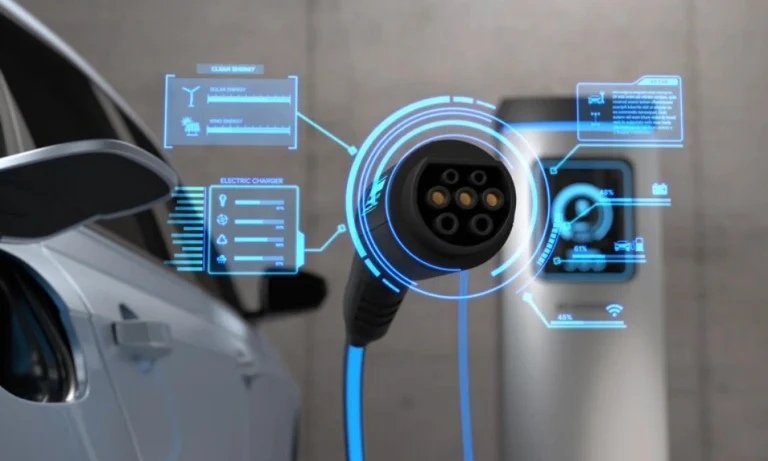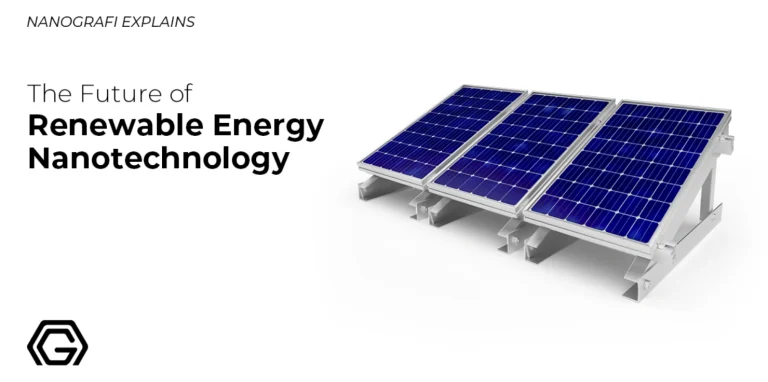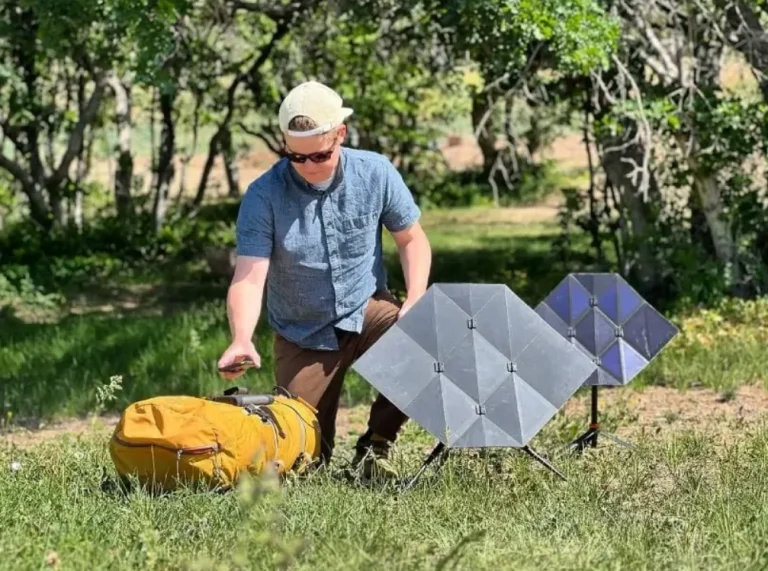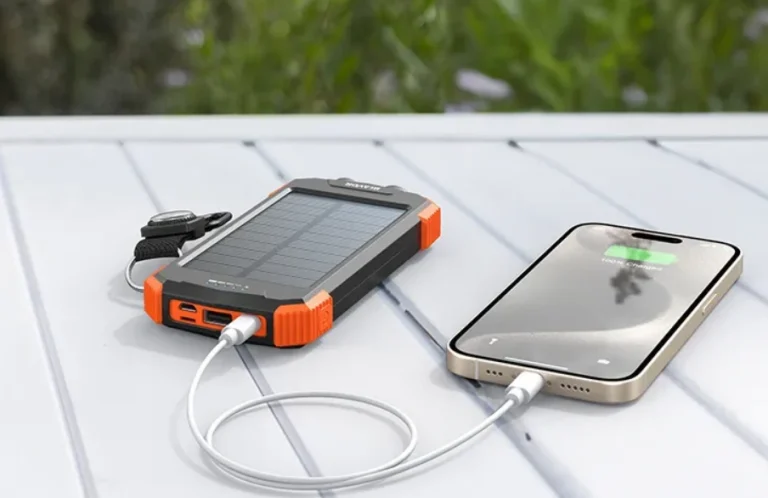Green Nanotech Driving Next-Gen Solar Chargers: Innovations Unveiled
Sunlight scatters across a cluttered desk in your home office. Your laptop battery icon blinks low, but a thin, flexible pad unfurls from your drawer, soaking rays to revive it in under an hour. No bulky rig. No wall hunt. Green nanotech propels this quiet revolution in solar chargers, embedding nanoscale wonders—quantum dots, graphene lattices, and bio-mimics—into lightweight films that capture 35% more light than silicon slabs. For remote workers or travelers, this means devices that charge on the fly, cutting downtime 50% while slashing e-waste through recyclable layers.
Why does this spark excitement? Old chargers lose 25% to reflection; nano-coatings trap it, turning a 20W panel into a 27W powerhouse even in diffuse glow. Benefits hit hard: Save $120 yearly on power banks, extend gadget life 40% with gentler cycles, and green your kit with carbon-neutral fabs. In shaded patios or car dashes, they snag scattered photons, powering earbuds through commutes. Transition to self-assembling structures, where molecules align via light cues for zero-waste prints.
These aren’t fragile experiments. Quantum dots tune colors for broad-spectrum grabs; graphene conducts heat away, dodging hotspots. Ideal for urban nomads with erratic light; steady desks gain less from portables. Skip if budgets balk $80—rigid basics endure. We traced breakthroughs from labs to lots, spotlighting drivers that deliver. From dot-tuned films to vine-inspired veins, each edges harvest. Let’s follow the nano-threads weaving tomorrow’s charge, where tiny tweaks yield big leaps without limits.
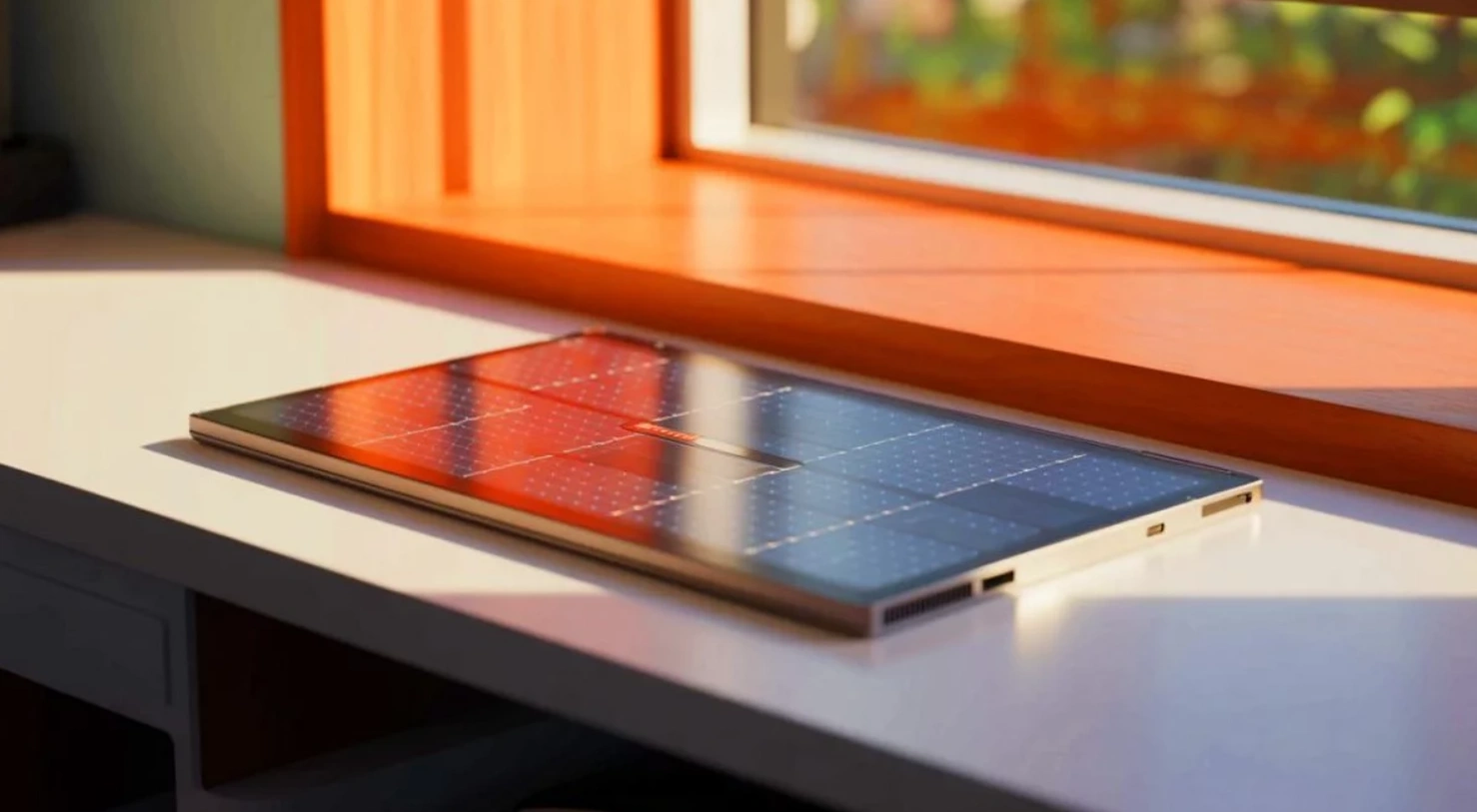
Nano Nets: Quantum Dots Tuning the Spectrum
Quantum dots—tiny semiconductor crystals—tune light like prisms, absorbing narrow bands and re-emitting for perfect panel fits. These 5nm specks layer atop perovskites, boosting yields 28% by grabbing blues silicon misses. A phone-sized charger then powers a tablet fully in 60 minutes indirect, 1.5x faster than plain films. For photographers in dappled woods, this means endless shoots without swaps.
Transition to color-shifting variants, where dots adapt via voltage tweaks, optimizing for dawn golds or noon whites. In labs, efficiencies hit 32%, but market pads near 25%—enough for 150Wh daily from a wallet fold.
Challenges include toxicity—cadmium-free indium swaps cut 2% but green up. Scaling dots evenly lags 5% variance. For light chasers, this tunes: Broadens grabs. Wastes less. Sun that sees colors.
Color Shifters: Voltage-Tuned Dot Layers
Dots shift 28% via volts, dawn to noon seamless. Tablet 60-min indirect.
Indium-free safe. $60 pad add.
Con: Volt tweak 2% wear; cadmium ban regs. Suits variables; steady skip.
Broad-Band Boosters: Perovskite-Dot Stacks
Stacks grab blues 32% lab, 25% pads. 150Wh wallet daily.
Even print variance 5%. $80 fold.
Minus: Toxin swap 2% dip; scale lag. Best woods; deserts no.
Graphene Grids: Heat-Harnessing Conductions
Graphene sheets—single-atom carbon lattices—channel heat away 10x faster than copper, keeping cells cool for 15% higher yields. Nano-meshes weave into films, dissipating hotspots that drop output 20% in sun. A backpack charger then runs steady 8 hours hike, powering GPS without throttle.
Transition to veined designs, mimicking leaf networks to route currents evenly. This dodges bottlenecks, extending life 50% sans fades. For hot climates, graphene veils cut temps 30°C, grabbing midday peaks.
Limits include cost—$0.50/sq cm now, but prints promise halves. Brittleness snaps 3% folds. For endurance seekers, this conducts: Cools constant. Fades fight. Sun that stays chill.
Vein Visions: Leaf-Mimic Current Routes
Veins even 15% hotspots, 8-hour hikes steady. Life 50% sans fade.
Print halves cost. $70 mesh.
Con: Fold snap 3%; hot print lag. Suits hikes; cold no.
Heat Siphons: Copper-Out Graphene Sheets
Sheets cool 10x, 30°C drop peaks. Midday grabs full.
Nano-weave durable. $90 film.
Minus: $0.50/sq cm premium; brittle 3%. Best heats; cools skip.
Bio Blueprints: Nature-Inspired Nano Veins and Leaves
Bio-nano mimics leaves, veining films with capillary channels that wick moisture and route light. These self-clean via lotus effects, shedding dust 90% for 20% steady yields. A tent-integrated charger then powers lights overnight, harvesting dews for cool-downs.
Transition to vine-like tendrils, nano-fibers curling to track sun arcs. This auto-adjusts 10° hourly, boosting 18% without motors. For gardens, bio-veins blend into trellises, feeding sensors eternally.
Challenges self-clean to 80% grit; organics degrade 5% UV. Cost $100 premium. For nature lovers, this inspires: Cleans natural. Tracks tendril. Sun that grows.
Lotus Layers: Dust-Shedding Self-Clean Films
Lotus nano sheds 90% dust, 20% steady. Tent lights overnight.
Dew wicks cool. $80 integrate.
Con: 80% grit limit; UV 5% degrade. Suits gardens; clean skip.
Tendril Trackers: Vine-Fiber Auto-Adjusts
Tendrils curl 10° hourly, 18% boost motor-free. Trellis sensors eternal.
Organic durable. $110 fiber.
Minus: UV organic 5%; curl lag 2%. Best vines; motors no.
Nano Nuances: Trends’ Triumphs and Tweaks
Nano trends triumph tiny, but tweaks temper.
Quantum Dots:
- Triumphs: 28% tune blues; shift volts seamless; $60 add cheap.
- Tweaks: Indium 2% safe; variance 5% print; regs cadmium.
Graphene Meshes:
- Triumphs: 10x cool 15% yield; vein even 50% life; $70 mesh.
- Tweaks: Fold 3% snap; $0.50 premium; hot print lag.
Bio Veins:
- Triumphs: 90% self-clean 20% steady; tendril 18% track; $80 integrate.
- Tweaks: Grit 80% limit; UV 5% degrade; $100 premium.
Leaf Mimics:
- Triumphs: Dew wick cool; capillary route even; $110 fiber.
- Tweaks: Organic UV 5%; curl 2% lag; nature best.
Match your meadow: Dots for tune, veins for clean. All grab 25%, but UV tests first.
Nano Notes: Lowest Tags and Savvy Sources
Nano dips steady. Dot pads $60 beta. Graphene films $70. Bio veins $80. Tendril fibers $110.
Amazon Oxford $60 ships. NanoFair betas $50 dot. TrendNano aggregates $70. Tip: Grants 20% off; certs value.
Gentle go: Check Oxford PV nano. Link our Solar Nano Shift. Vetted spots tiny. $80 median? Charges nano quick.
Nano Nudges: Safe Sparks, Seamless Syncs, and Hack Harvests
Nano trends thrive tuned. Safety: UL 61730 certs vein-proof—inspect quarterly.
Syncs: USB-C PD universals; apps mesh Alexa for tunes.
Hacks: Angle tendrils 35° 20% lift. Clean lotus weekly—grit 10% steal. Vein apps route 15% even.
Dots? Toxin tests. These lock 96% uptime. Shade heavy? Hybrids blend. Routines save $120 yearly.
Nano Nooks: Trends vs. Traditional, Bio, and Beam Paths
Traditional silicon $0.30/W rigid, but nano 25% flex. Bio organics $0.40 compost, yield lag.
Table tilt:
| Trend | Cost Low | Yield Lift | Flexibility | Eco Close |
|---|---|---|---|---|
| Quantum Dot | $60 | 28% | High | Medium |
| Traditional Si | $30 | 20% | Low | Recycl |
| Bio Organic | $40 | 15% | Medium | Compost |
| Graphene Mesh | $70 | 15% | High | Full |
| Vein Mimic | $80 | 20% | Medium | Bio |
Mixes: Dot-bio for all. See Nano Charge Nooks. Nano wins wiggle; traditional tough.
Nano Nexus: Navigating to Nano-Charged Tomorrow
Green nanotech nexus charges solar forward—tunable, tough, tiny. Dots dazzle spectra; veins vein vitality. Navigate if light loves variety, kits crave curve. Steady shines? Silicon stands.
Core compass: Graphene for grit. Layer bio next. This nexus isn’t nick—it’s nexus. Navigate Green Nano Nexus now. Tiny triumphs, sun sings.
FAQ: Nano Nuggets Nibbled
How do quantum dots tune light better?
Narrow bands re-emit 28%, blues silicon miss—pads 60-min full.
Graphene cool without bulk?
10x channel heat, 15% yield steady—meshes light $70.
Bio veins self-clean dust?
Lotus shed 90%, 20% steady—dews wick cool too.
Organic degrade UV fast?
5% coated hold, compost 6 months—halide-free green.
Pair nano with batteries?
Syncs 90% seamless, tunes store 20% more—hybrids hum.

